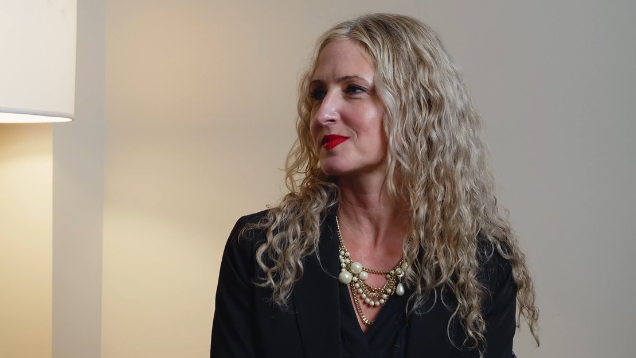Boosting Dialogue About Risks on the Horizon

In a recent interview hosted by the NC State ERM Initiative, Heather Namovich, director of Enterprise Risk Management at Blue Cross and Blue Shield of North Carolina, shared how her team actively engages senior leadership in productive, forward-looking risk conversations. The discussion with Bruce Branson, associate director of the ERM Initiative, offers a practical blueprint for organizations striving to make risk management more strategic, collaborative, and future-focused.
Key Insights for Advancing Risk Conversations
Blue Cross and Blue Shield of NC uses a number of approaches to support effective risk communication across the organization, and particularly with leadership.
1. Align Risk to Strategic Outcomes
Namovich emphasized framing risk in terms of organizational success. By asking, “What must we achieve?” and then identifying barriers to that success, leaders are more willing to engage in risk dialogue that supports strategic decision-making—turning risk into a tool, not just a threat.
2. Normalize Risk as Part of Value Conversations
Risk-taking is often viewed as negative, but Heather reframes it positively—especially when it supports innovation and resource allocation. Risk conversations can help leaders justify new investments aligned with key priorities.
3. Structure Conversations to Encourage Dialogue
Rather than relying solely on one-way presentations, Blue Cross and Blue Shield of NC fosters dynamic risk exchanges. Their VP-level risk committee uses workshops, breakout sessions, and peer presentations, turning risk reporting into an engaging, collaborative process.
4. Know the Business to Ask Better Questions
ERM professionals need more than technical risk knowledge—they must understand business operations and the external environment. This expertise allows risk leaders to ask meaningful, forward-looking questions and connect dots across departments.
5. Source External Intelligence to Surface Long-Term Risks
For emerging and long-term risks, Namovich recommends tapping external sources—industry peers, global reports, and risk advisory firms. These insights fuel internal discussions and help identify trends that may not yet be on leadership’s radar.
6. Keep a “Risk Horizon Registry”
Her team catalogs long-range risks and revisits them regularly with leadership to monitor relevance and potential materialization. This proactive approach helps organizations stay nimble as risks evolve or intensify.
7. Make Risk Culture a Strategic Asset
Ultimately, Blue Cross and Blue Shield of NC fosters a culture where risk isn’t taboo. From integrated assurance workgroups to executive-level dialogues, the organization embeds risk thinking across all levels.
- Categories:
- Types:


